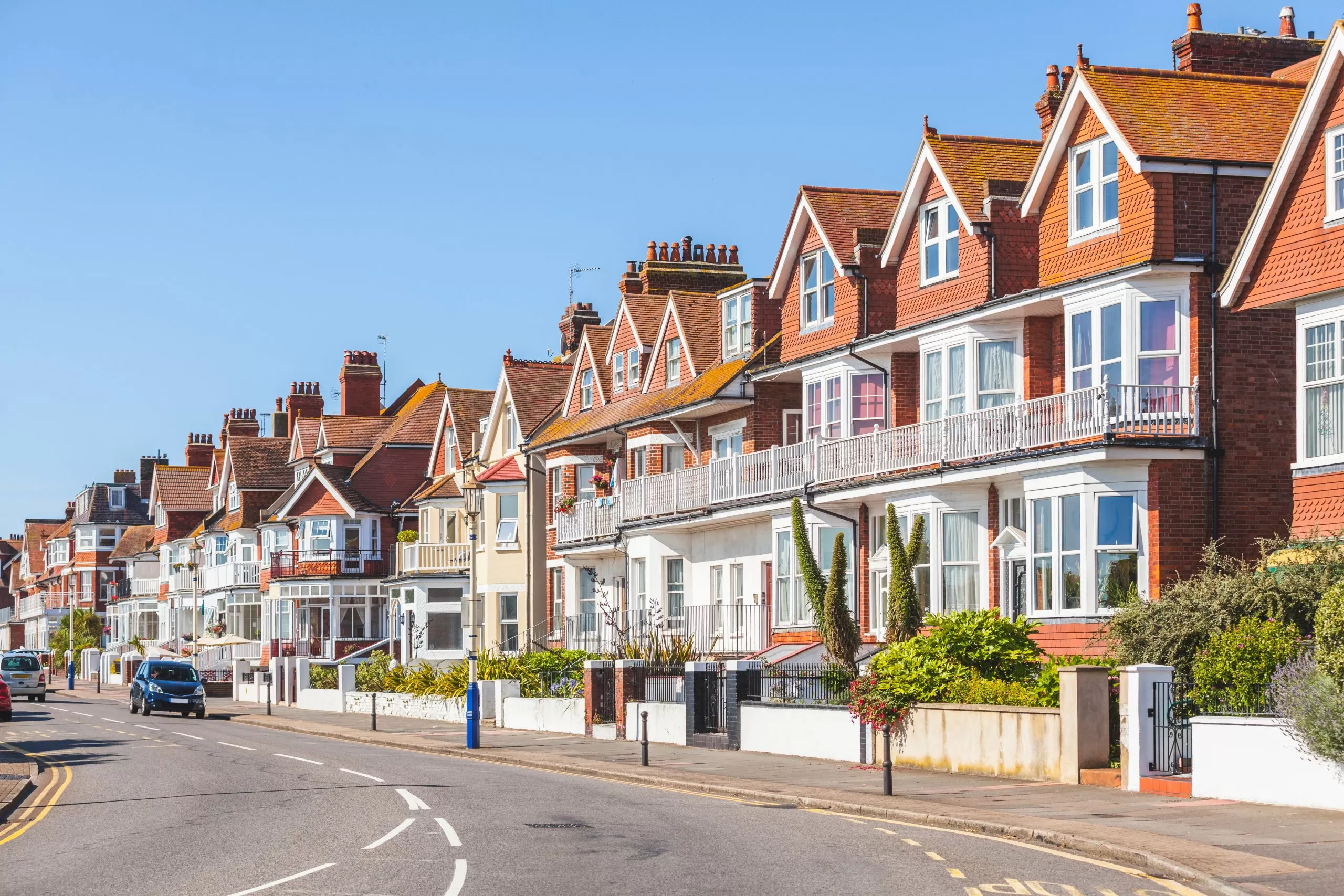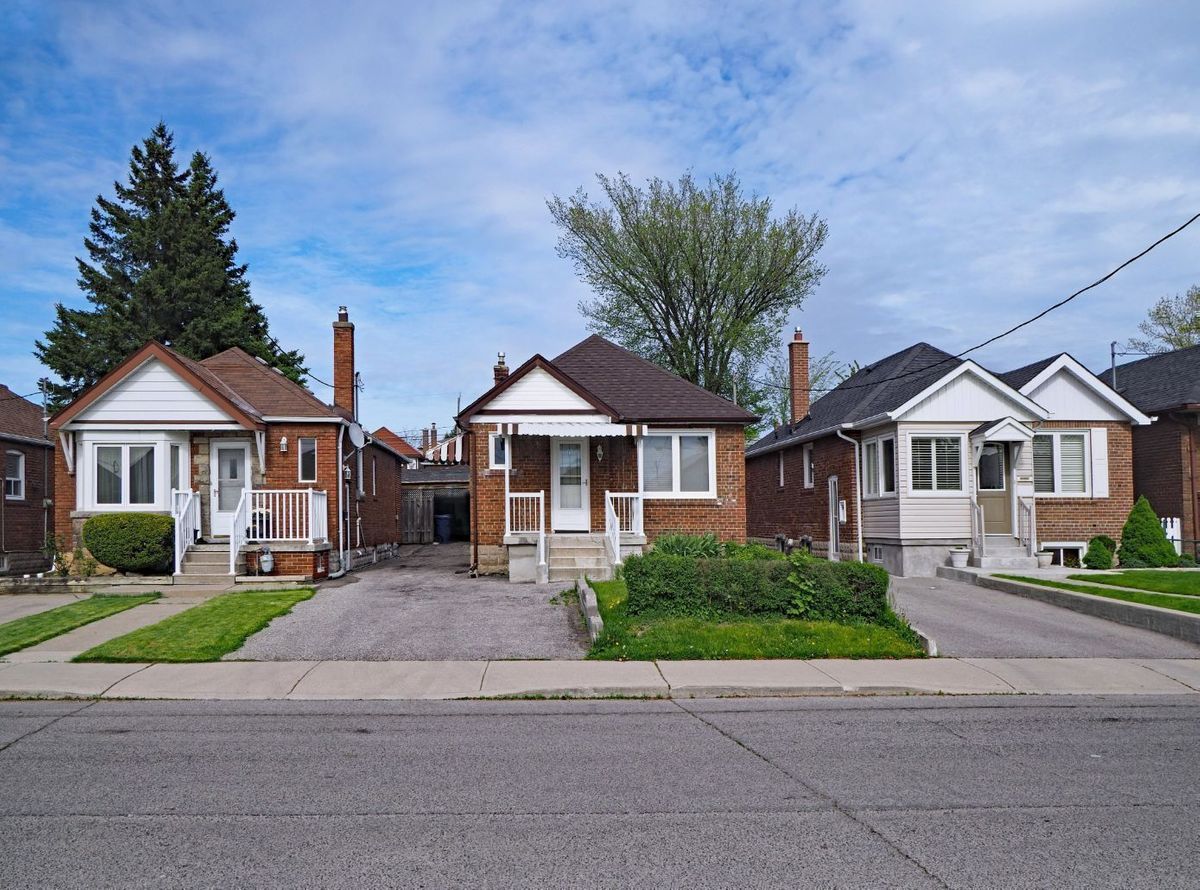An Overview
The concept of row houses has gained significant popularity in India in recent decades, particularly in urban areas where the demand for affordable housing, along with modern amenities, is rapidly increasing. Estate Nirman Nigam (ENN), a government body or private real estate developer responsible for housing projects, may be associated with several large-scale residential developments. The term "Row House Project in Estate Nirman Nigam" likely refers to a housing development project focused on constructing row houses, which are typically residential buildings arranged in a linear formation, often sharing common walls but with individual entrances and private spaces.

1. Understanding Row Houses and the Role of Estate Nirman Nigam
A row house is a type of residential building that consists of multiple units built side by side in a continuous row, typically with shared walls between each unit. Row houses are designed to be independent living units but are architecturally connected, often in a uniform or semi-uniform arrangement. This style of housing is particularly well-suited for suburban and urban environments where land is available but expensive. Unlike high-rise apartments, row houses provide a sense of privacy, individual ownership, and often come with small private gardens or front and rear yards.
Estate Nirman Nigam (ENN), if we assume it is a public or private entity dedicated to estate and housing development, focuses on providing structured, planned housing to meet the needs of urban and semi-urban populations. Such projects are critical in cities that face rapid population growth and where there is a shortage of adequate housing. ENN may collaborate with various governmental authorities, urban planning bodies, and private contractors to design and implement row house projects.
2. Key Features of Row House Projects
Row house projects typically come with several key features that differentiate them from other types of housing projects like apartments or individual villas:
-
Architectural Layout: Row houses are built in rows, and each unit has its own entrance, living space, and private yard. The design may allow for some customizations in terms of the layout and aesthetic choices. However, there is typically a shared architectural theme that gives the development a cohesive look.
-
Shared Walls: One of the most defining characteristics of row houses is that adjacent units share common walls. This design helps save space and reduces construction costs, making row houses a more affordable housing option compared to standalone homes.
-
Private Ownership: Each row house unit typically allows for individual ownership, which is a significant draw for middle-class families seeking to own a piece of land or property but at a lower cost than larger detached homes.
-
Amenities and Infrastructure: Row house projects are often designed with amenities like parking spaces, playgrounds, community centers, and green spaces. Infrastructure such as roads, sewage systems, water supply, and electricity are usually planned as part of the project, ensuring that residents have access to basic services.
-
Affordability: Row houses are often more affordable than individual villas or apartments in high-rise buildings. This makes them a popular choice among families looking for reasonably priced homes that still offer the benefits of private living spaces.

3. The Design and Planning Process
The planning and design of a row house project by Estate Nirman Nigam would follow a systematic and detailed process, involving several stages from conceptualization to completion. Below are the key phases involved in such a project:
a. Site Selection and Land Acquisition
The first step in any housing development project is identifying a suitable location. For row houses, the selected site should ideally be in suburban areas or urban fringe zones where land is available at a lower cost compared to prime city locations. The proximity to main roads, transportation hubs, schools, hospitals, and other essential services is also critical in determining the suitability of a site.
Once the site is chosen, the next step is land acquisition, which may involve negotiations with local landowners or government agencies. This process often requires compliance with land-use regulations, zoning laws, and environmental clearances.
b. Architectural Design
The architectural design of the row house project is crucial, as it defines the functionality and aesthetic of the development. ENN may collaborate with architects, urban planners, and engineers to create a design that balances efficiency with comfort. The layout will typically include details such as:
- The number of units per block and their dimensions
- The placement of roads, parking spaces, and green areas
- Integration of utilities like water, electricity, and drainage systems
- Sustainable building practices, such as rainwater harvesting, solar energy, and waste management
c. Approval and Permits
Before construction can begin, the project must receive various approvals from local municipal and planning authorities. These include building permits, environmental clearances, and approval of the design and layout plans. Estate Nirman Nigam must ensure that all legal and regulatory requirements are met to avoid delays and complications.
d. Construction and Implementation
With approvals in hand, the construction phase begins. This includes land preparation, foundation work, structural construction, installation of utilities, and interior finishing. The construction process for row houses is typically faster than that for high-rise buildings, allowing for quicker delivery of homes to potential buyers.
e. Handover and Occupancy
Once the row house units are completed, they are handed over to the buyers or residents. At this stage, the final touches are added to the infrastructure and any outstanding issues related to the quality of construction or amenities are addressed. ENN will typically ensure that the infrastructure, such as roads, security systems, and utilities, is fully functional before handing over possession.

4. Benefits of Row House Projects
a. Affordability
Row houses offer a more affordable housing option compared to other types of residential developments like independent villas or apartments in high-rise buildings. Since row houses share walls, the cost of land and construction is lower, making it possible for developers to offer lower prices. This makes them an attractive option for middle-income families or first-time homebuyers.
b. Privacy and Independence
Unlike apartments where residents often share common walls, hallways, and sometimes amenities, row houses provide a higher level of privacy. Each row house has its own entrance, which allows families to feel more independent and secure. This is especially appealing to families with children or people who value their privacy.
c. Better Space Utilization
Row houses tend to offer more space than apartments. Not only do residents have private gardens or front yards, but they also have the potential for greater customization in terms of internal layout and design. This offers more flexibility for residents compared to apartments, where space is often constrained by pre-determined layouts.
d. Community Living
While row houses offer privacy, they are often located in planned communities with shared spaces such as parks, playgrounds, and community halls. This fosters a sense of community and allows for social interactions among neighbors. Many families find this aspect appealing as it combines privacy with the benefits of community living.
5. Challenges in Row House Projects
a. Land Availability and Cost
In urban areas where population density is high, finding affordable land for row house projects can be difficult. High land costs can impact the overall price of row houses, making them less affordable for some segments of the population.
b. Infrastructure Issues
In some cases, even though row house developments promise high-quality infrastructure, there can be issues related to utilities, roads, and public services. If not carefully planned and executed, the integration of essential services can result in long-term problems for residents.
c. Environmental Impact
Large-scale residential projects, including row houses, can have an impact on the local environment. Careful consideration must be given to sustainability during the design and construction phases. This includes managing water resources, waste disposal, and ensuring that green spaces are incorporated into the development.
6. Socio-Economic Impacts
Row house projects, especially those undertaken by organizations like Estate Nirman Nigam, can have a significant socio-economic impact. By providing affordable housing options, such developments can reduce homelessness and the housing deficit in rapidly urbanizing areas. They also contribute to the local economy by creating jobs in construction, real estate, and maintenance services.

In addition, such projects can help in the development of surrounding infrastructure, such as roads, schools, and healthcare facilities. Over time, these developments can help in creating new urban hubs that support sustainable growth and development.
7. Conclusion
The Row House Project in Estate Nirman Nigam represents a critical effort to provide affordable, private, and well-structured housing in areas where demand for residential units is growing. Such developments offer the benefits of privacy, ownership, and independence while contributing to community development and urban growth. By addressing challenges like land availability, infrastructure quality, and environmental sustainability, row house projects can play an important role in meeting the housing needs of India's rapidly expanding population. Estate Nirman Nigam, through its strategic planning and execution, can ensure that such developments remain viable, sustainable, and beneficial for all stakeholders involved.
Leave a Reply